Huansi Wire Mesh Products Co., Ltd. specializes in exporting and manufacturing stainless steel wire mesh in SUS302, 304, 316, 304L, 316L, 310, 321, and 430. With exceptional resistance to acids, alkalis, heat, and corrosion, our stainless steel wire mesh is widely utilized in industries such as oil processing, chemical production, food and pharmaceuticals, mining, metallurgy, aerospace, and machinery for the sorting and screening of solids, liquids, and gases.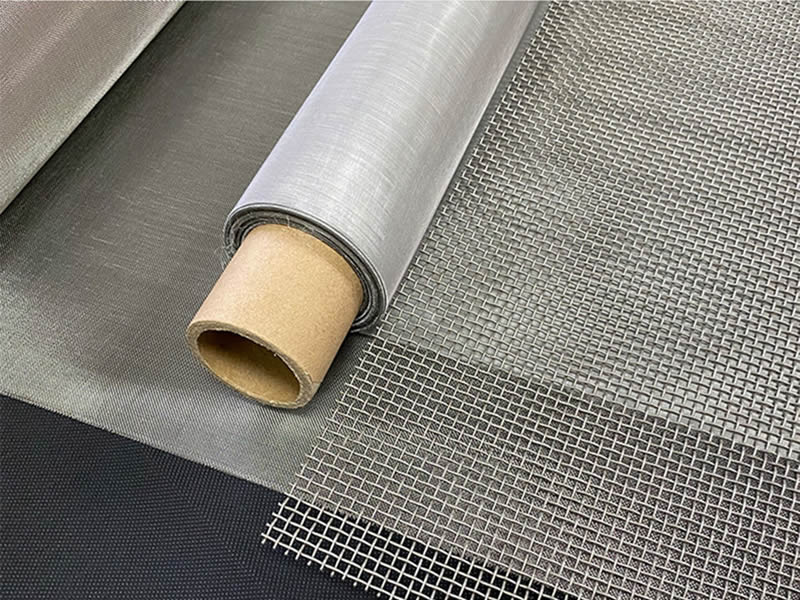
Stainless steel wire mesh, woven from stainless steel wires, is used for filtration, screening, and protective barriers. It features uniform openings in patterns like plain, twill, and dutch weaves. Resistant to corrosion, heat, acids, and alkalis, it is highly durable, making it suitable for oil, chemical processing, mining, food production, and pharmaceutical industries. Materials: Stainless steel grades 304, 304L, 316, and 316L provide a strong foundation for wire mesh with varying levels of resistance to corrosion and heat. The most fundamental and commonly used weaving method for stainless steel wire mesh, where each warp wire alternates above and below every weft wire at right angles. This pattern creates uniform square mesh openings, balancing openness and strength. Its versatility makes it suitable for general filtering, screening, and architectural applications. This weave features each weft wire passing over two and under two warp wires, creating a diagonal pattern that allows for denser mesh with thicker wires and smaller openings. Its enhanced strength is ideal for fine filtration under high pressure, particularly in aerospace and pharmaceutical industries requiring precise particle retention. Plain Dutch Weave is primarily used as a filter cloth. The openings slant diagonally through the cloth and cannot be seen by looking directly at the cloth. This weave has a coarser mesh and wire in the warp direction and a finer mesh and wire in the shute direction, giving a very compact, firm mesh with great strength. Combining twill and Dutch weaving techniques, two weft wires pass over and under two warp wires to form a tight configuration for critical filtering. It’s used in chemical and pharmaceutical processing for precise filtration under extreme conditions. This variation features finer warp wires and thicker weft wires, creating a high-tension mesh with strong warp direction. Its robust filtration is well-suited for precise high-pressure applications in automotive and industrial processing. This pattern interlaces five warp wires with each weft wire, resulting in a smooth surface on one side and textured on the other. It provides excellent flow rates and a good strength-to-weight ratio, ideal for fluid filtration and dewatering in petrochemical and water treatment industries. Acid and Alkali Conditions: Ideal for sifting and filtering in highly acidic and alkaline environments due to their corrosion-resistant properties. Petroleum Industry: Used as a slurry net to ensure efficient filtration. Chemical and Fiber Industry: Essential for sifting and screening in chemical and chemical fiber applications. Electroplating Industry: Acts as an acid-washing mesh to prevent contamination and maintain quality.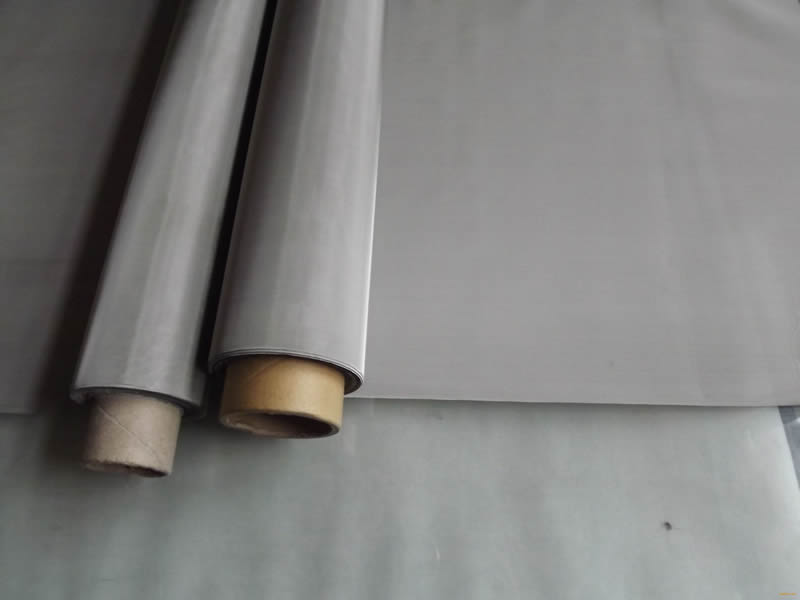 Woven wire mesh
Woven wire mesh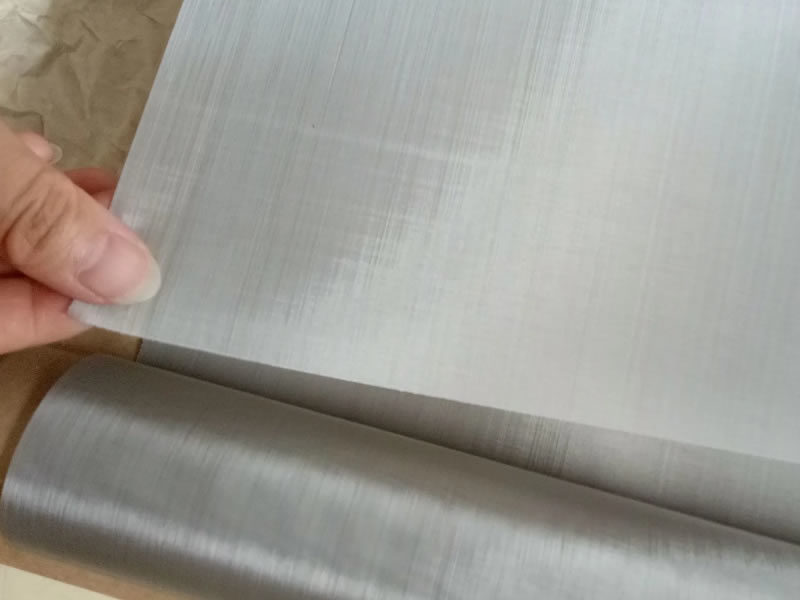 Ultra fine stainless steel mesh
Ultra fine stainless steel mesh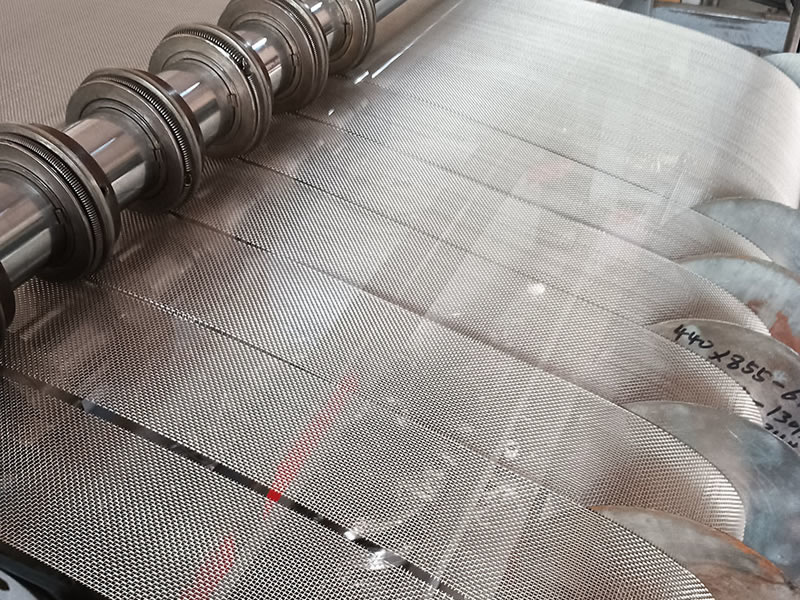 316 Stainless Steel Wire Mesh
316 Stainless Steel Wire MeshWEAVING STYLE

Plain Weave:
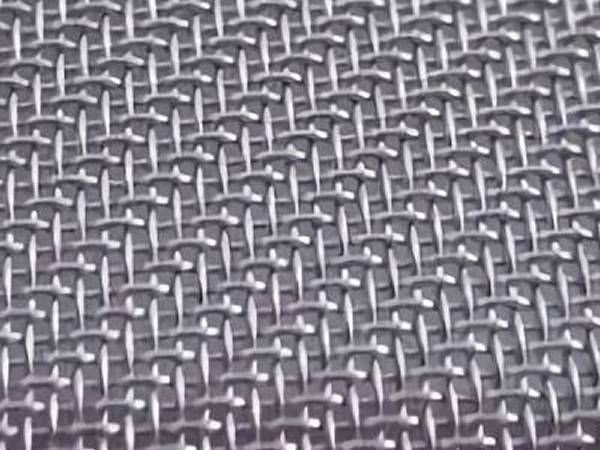
Twill Weave:
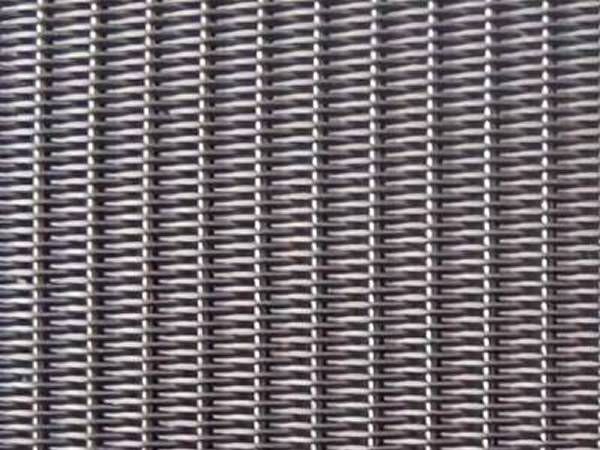
Plain Dutch Weave:
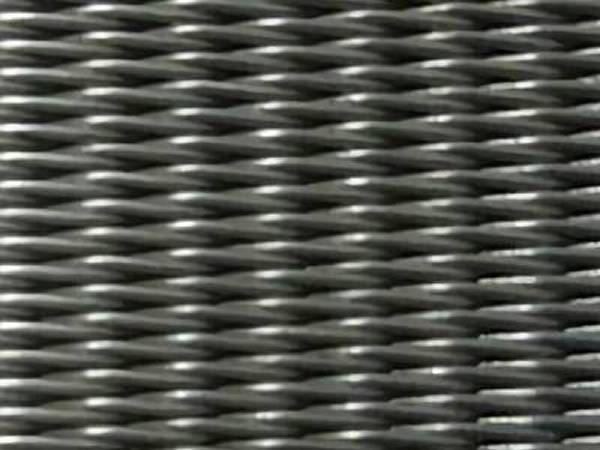
Twill Dutch Weave:

Reverse Dutch Weave:
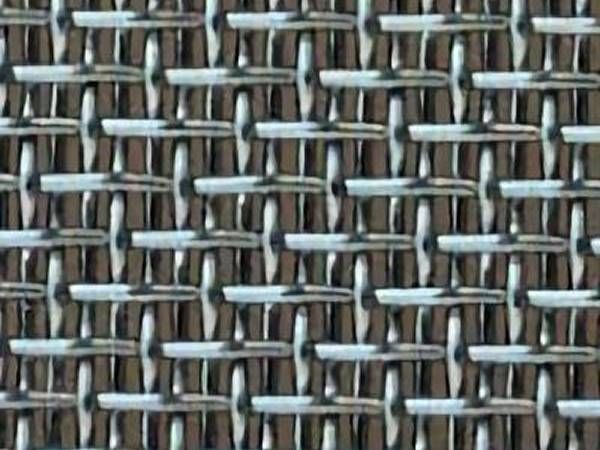
Five Heddle Weave:
Applications
Previous: Uses of Wrinkle PPGI Coil
Copyright:@2020-2021
Comments Please sign in or sign up to post.
0
0 of 500 characters used